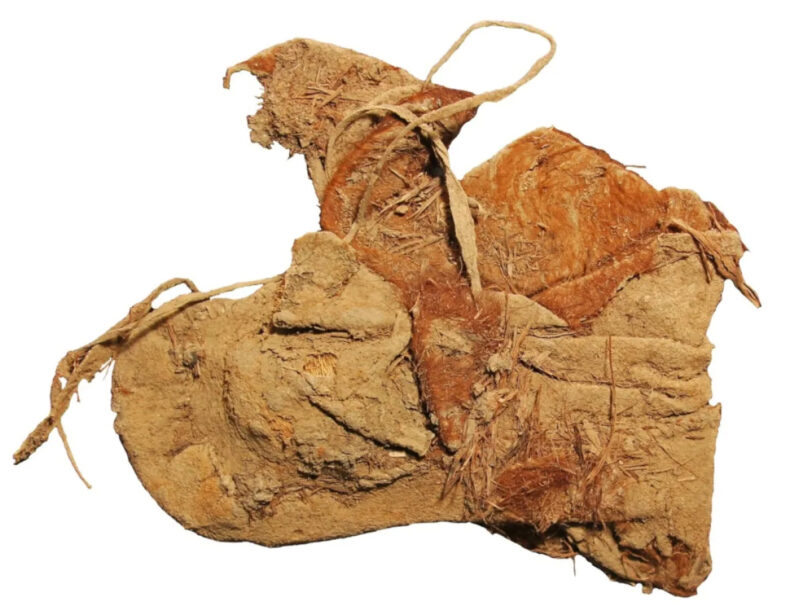
Navajo legends speak of angry mountains that must be calmed with tobacco offerings. It’s one of the most ancient examples of intergenerational trauma in a people who have experienced plenty more since. The memories of the angry mountain in question have been lost, but a cultural nervousness around the harmless ranges of Arizona and New Mexico persists.
Visiting nearby Apache communities, Navajo speakers can understand their neighbors. Both languages are in the Athapaskan language family, after all. But the rest of the Athapaskan speakers are more than 2,000 miles away to the North, in Alaska and sub-Arctic Canada. Navajo visiting Yukon or Northwest Territories have to listen a lot harder, but still they recognize the words spoken a world away from their homeland. Word differences cluster around subject areas like European settler culture and technology.
How these two groups—who call themselves the Diné in the case of Navajo, and Dene in the case of Northern Canadian indigenous groups—became separated by such a vast distance was a mystery decades in the solving. It was made more awkward by the fact that Navajo teachings place the creation of their people squarely where they stand now. Nevertheless, lines of evidence outside of traditional knowledge point to their first arrival less than a thousand years ago.
(Some reconciliation of those two perspectives can be found in the idea that a culture is really formed by the meeting of a people and a land – that Navajo really only came into existence once their ancestors set foot in the Southwestern United States.)
Navajo genetic studies show founder effects, supporting the view that they arose from a small group who were recently isolated from the larger population. And we know that they walked all the way there. In a land where sandals are the norm, the immigrants—or refugees—left behind 250 leather moccasins in a Utah Promontory cave on their way south [see photo above]. The shoe designs, including a T-seam at the back, beading and quill-work, were classic tundra designs.
What could cause a group to set off on such an epic journey away from their brethren? The answer is found in the land itself. Just below the surface across 800 square kilometers stretching through Alaska and Yukon, a grey layer dozens of centimeters thick underlays the topsoil. The so-called White River Ash is evidence of an eruption of Alaska’s Mount Churchill so powerful that its summit collapsed in on itself. It happened around 800 AD.
Near the volcano itself, nothing could have survived. On the periphery, everything else would have been rendered uninhabitable, covered in a blanket of ash. The people would have had no choice but to flee. South, ever south, to mountains less ferocious. But it was always wise to leave a little tobacco out, just in case.
Where and how did they get the tobacco?
Just as bannock is made with the five ‘gifts of the white man’, tobacco offerings are one of those post-Colonial pan-Indigenous adoptions that for many bands came with trying to retrieve elements of lost culture.
Thanks, Jessa, for this beautiful meditation.
When I was in middle school, I visited a museum in Oregon and bought a poster with a picture of a pair of woven sandals from maybe 10,000 years ago and the tag line–“The World’s Oldest Running Shoes.” They were made of sagebrush bark that had been twisted into ropes. The ropes were woven into soles with a flap to cover the toe. An extra length of rope might have tied around the ankle. These sandals, too, were found with many others beneath a layer of volcanic ash.
At the time, I was such a consumer of all things running. I bought a t-shirt just because on the pocket there was a drawing of running shoes with wings. I bought this poster because it made a claim about “RUNNING.” For years whenever I sat at my small desk, I studied the sandals that looked more like baskets than footwear–the suggestion of dry earth below their warp and woof–as if they were true containers for my hopes and dreams, and not something that belonged to someone else so very long ago.